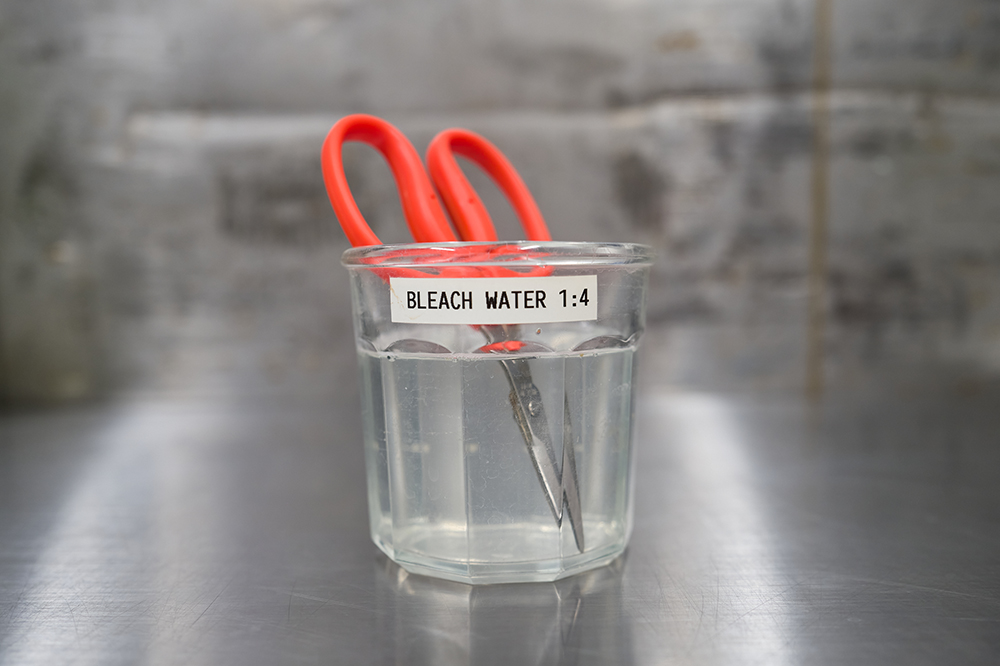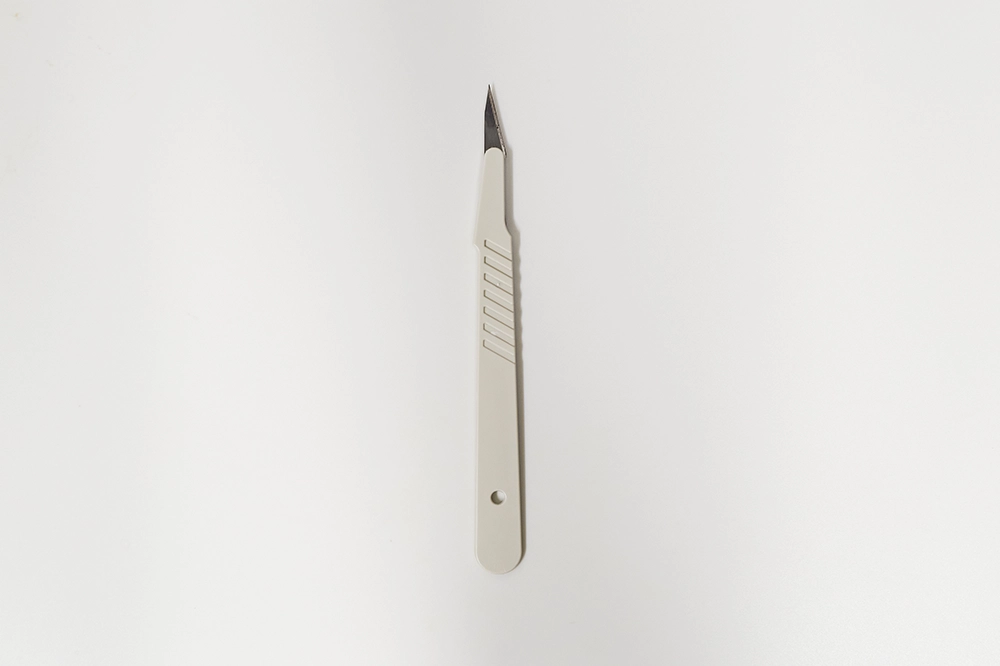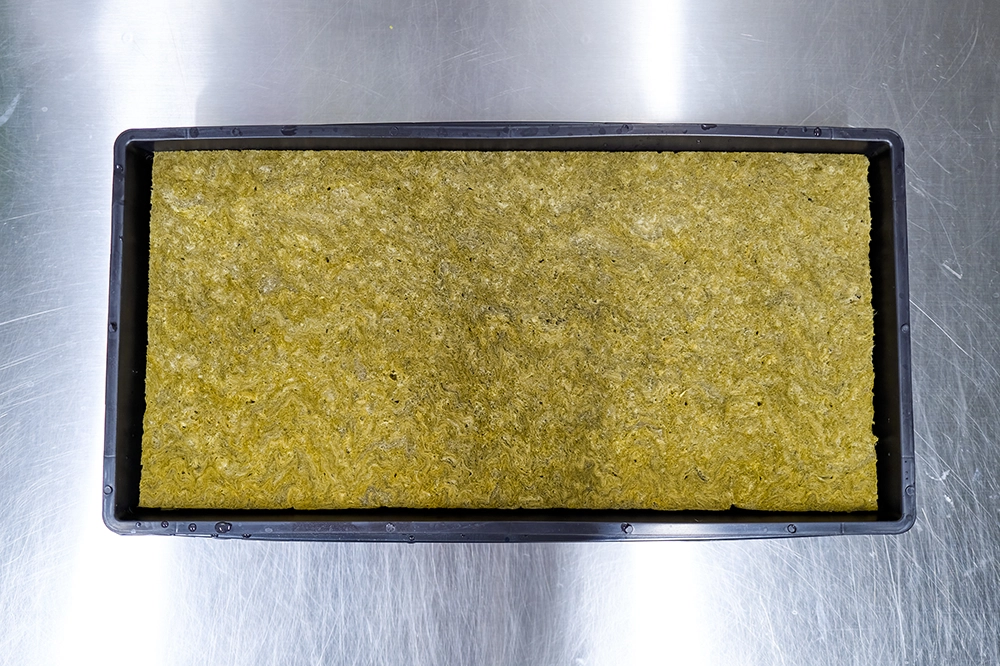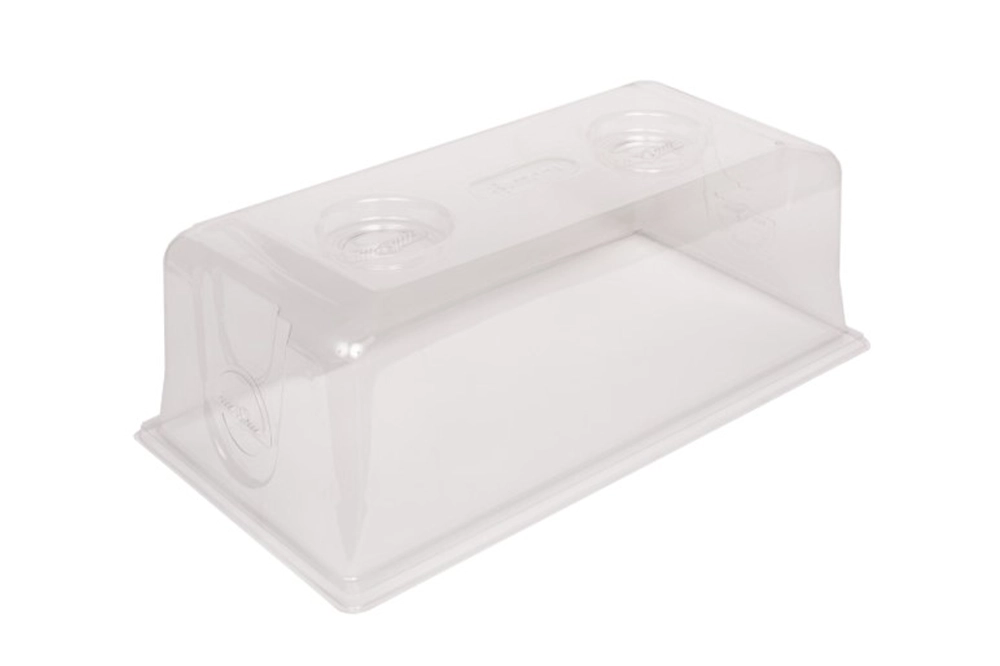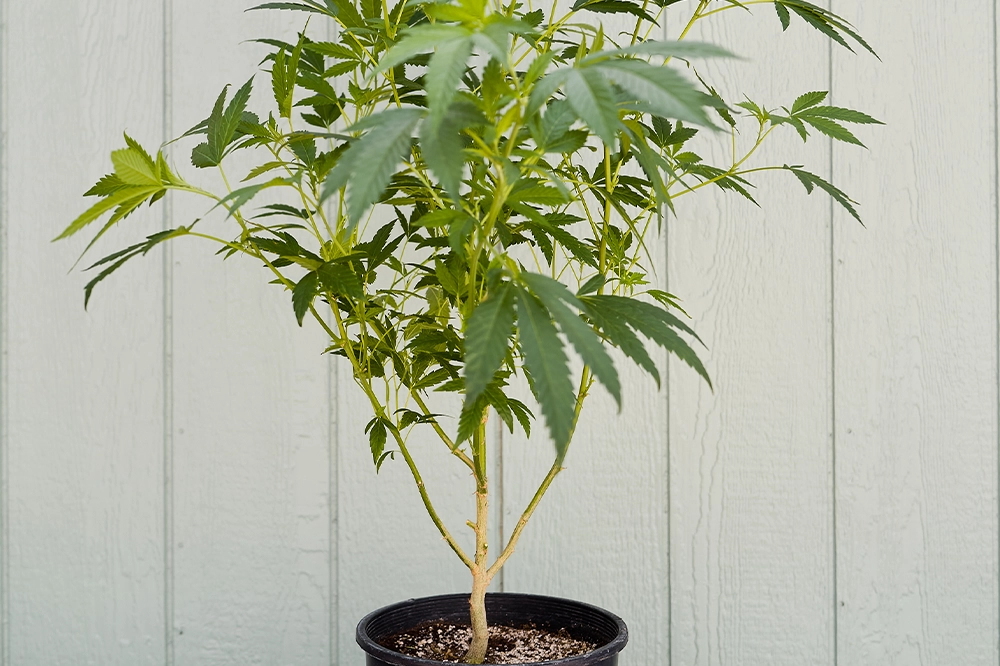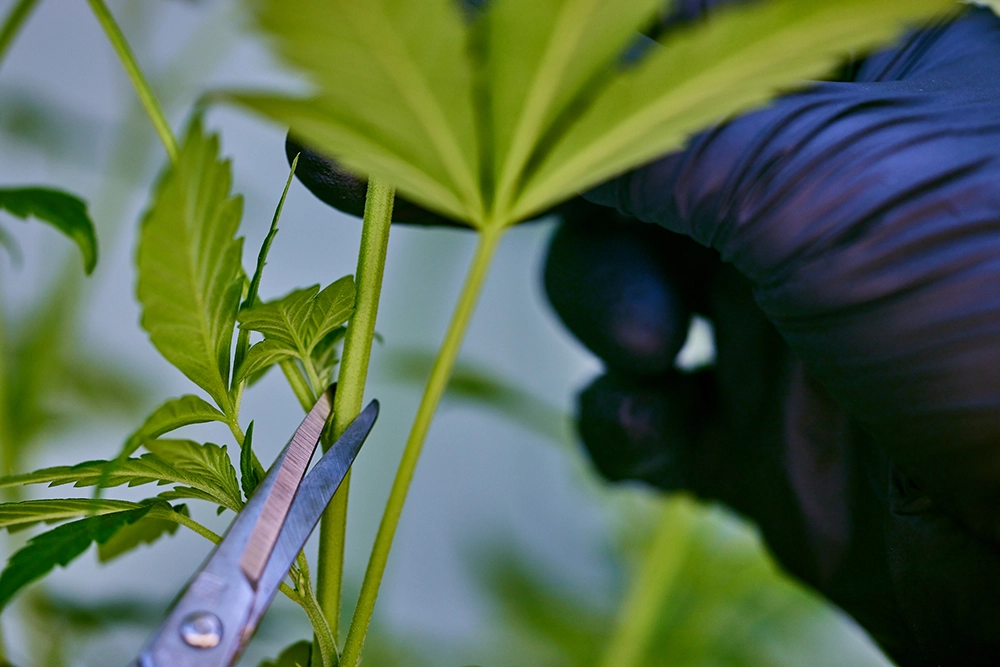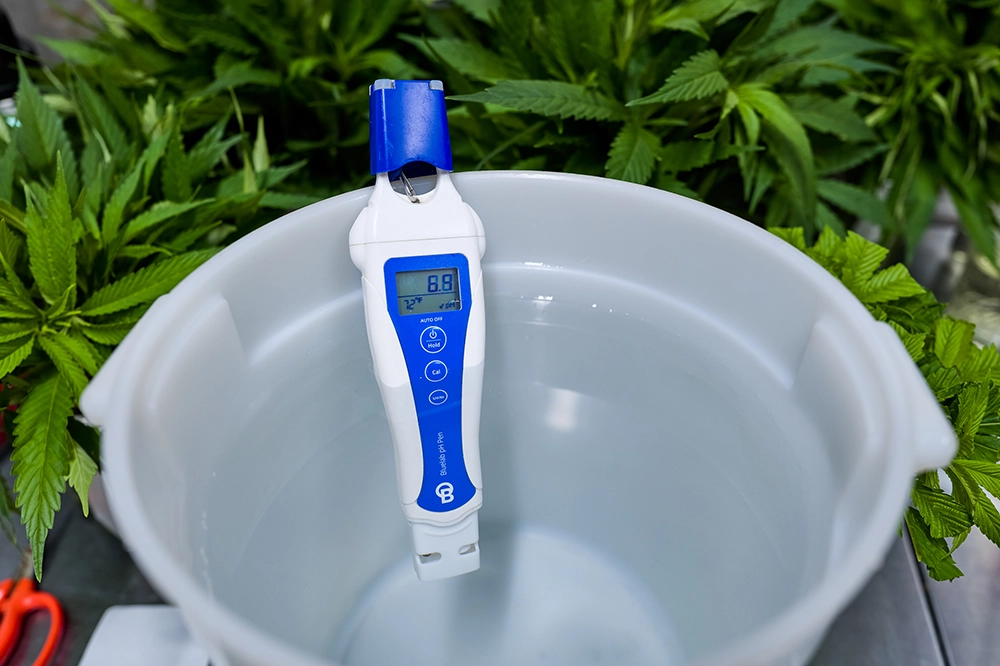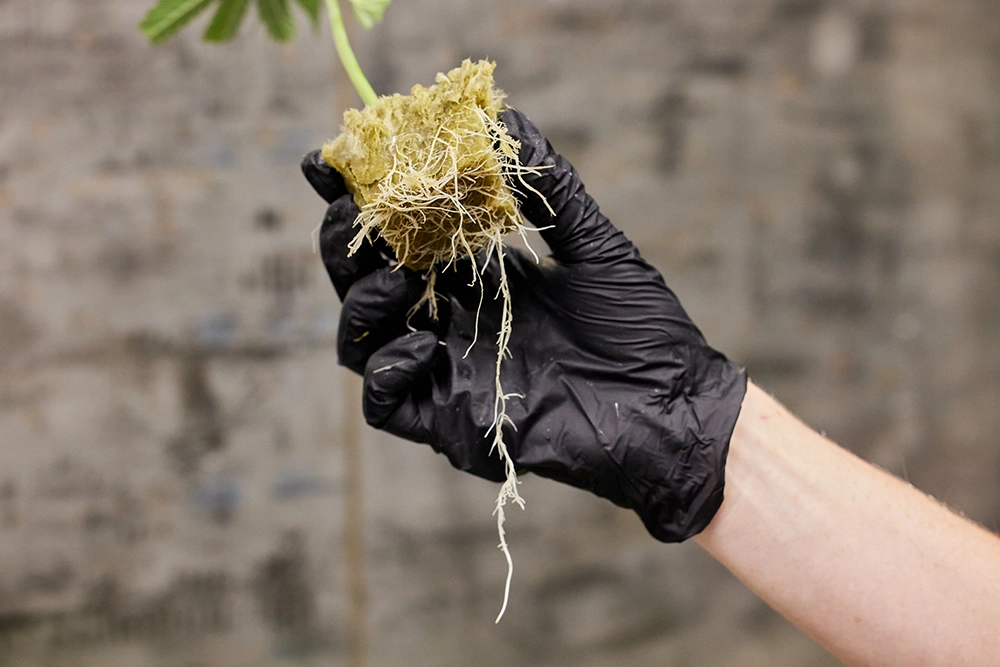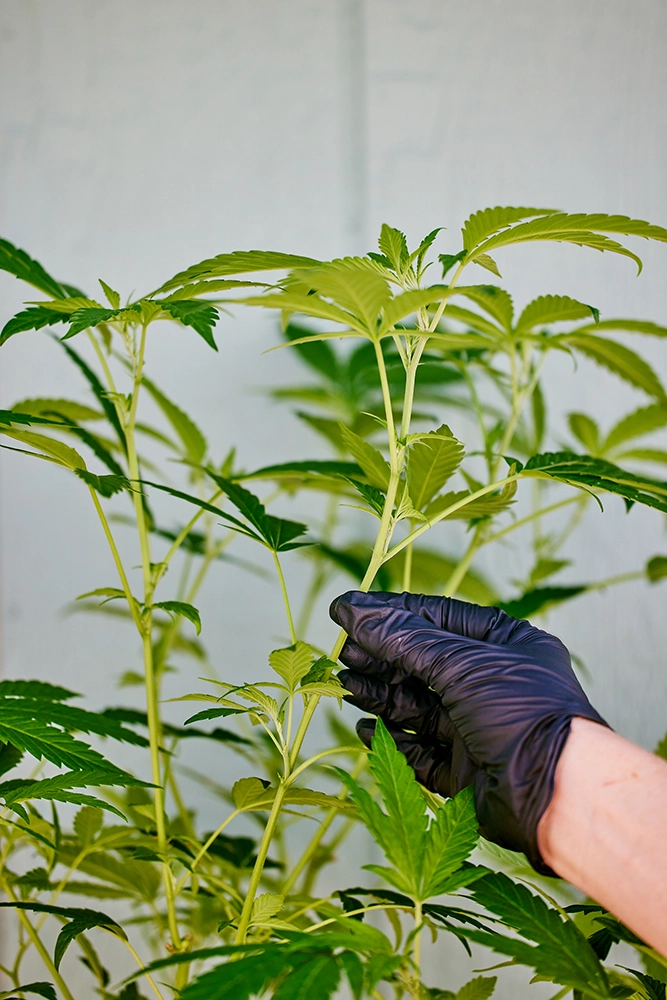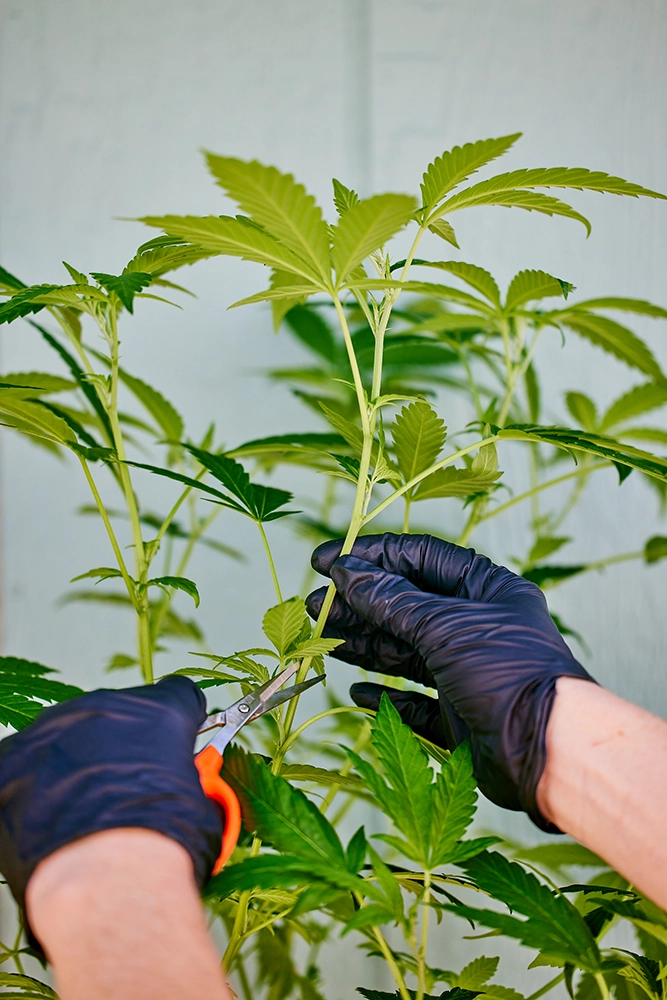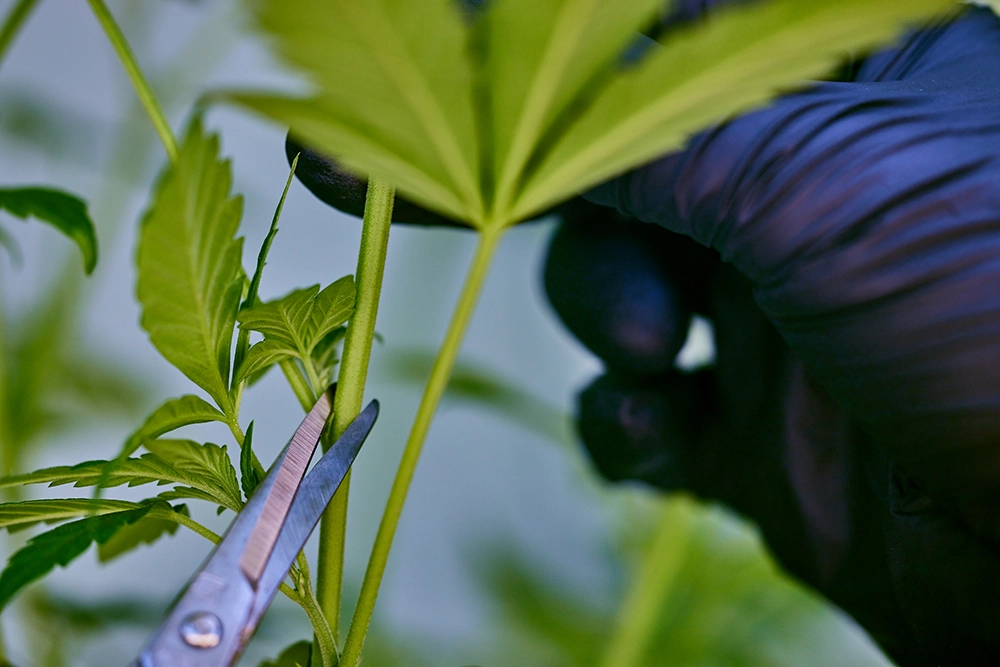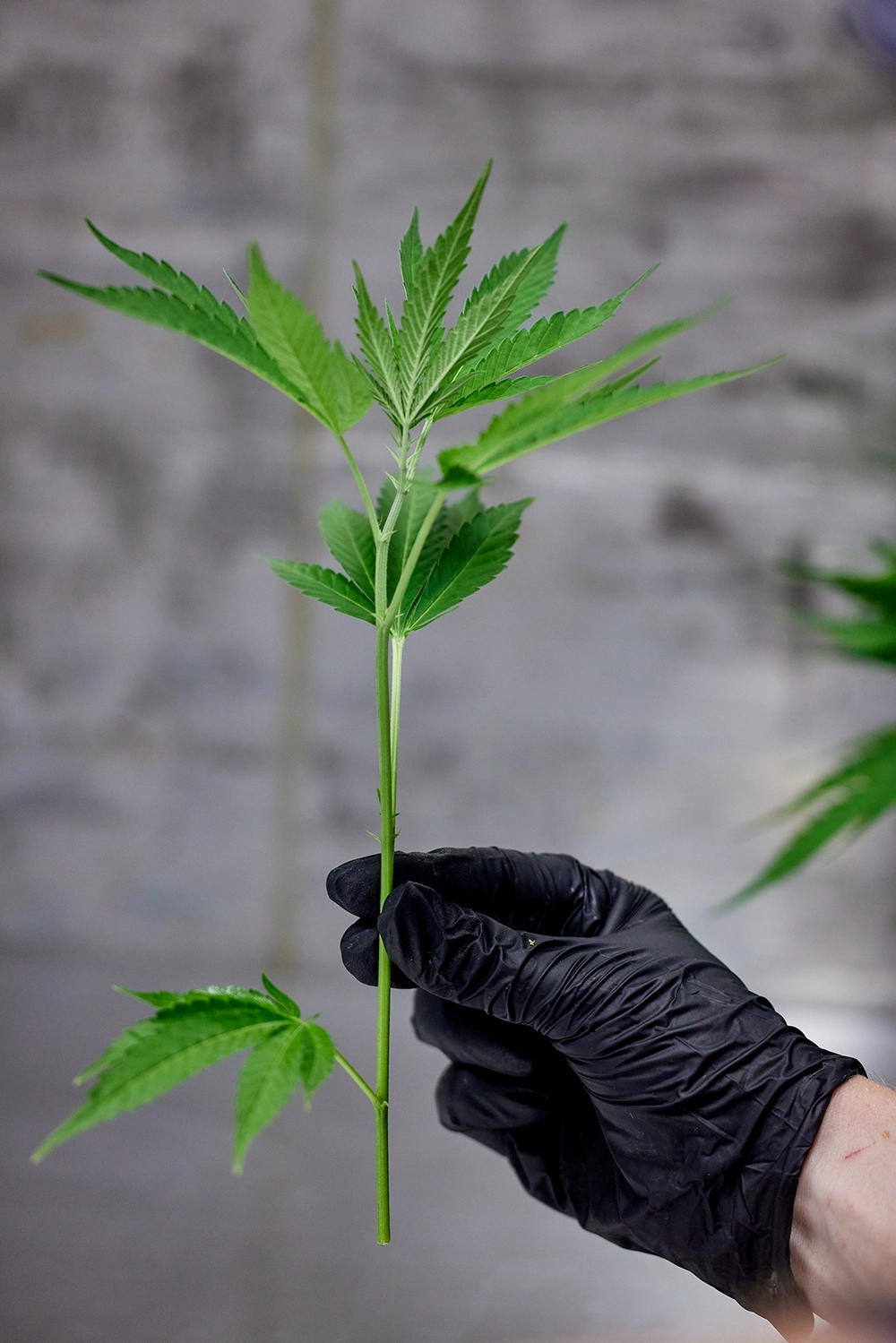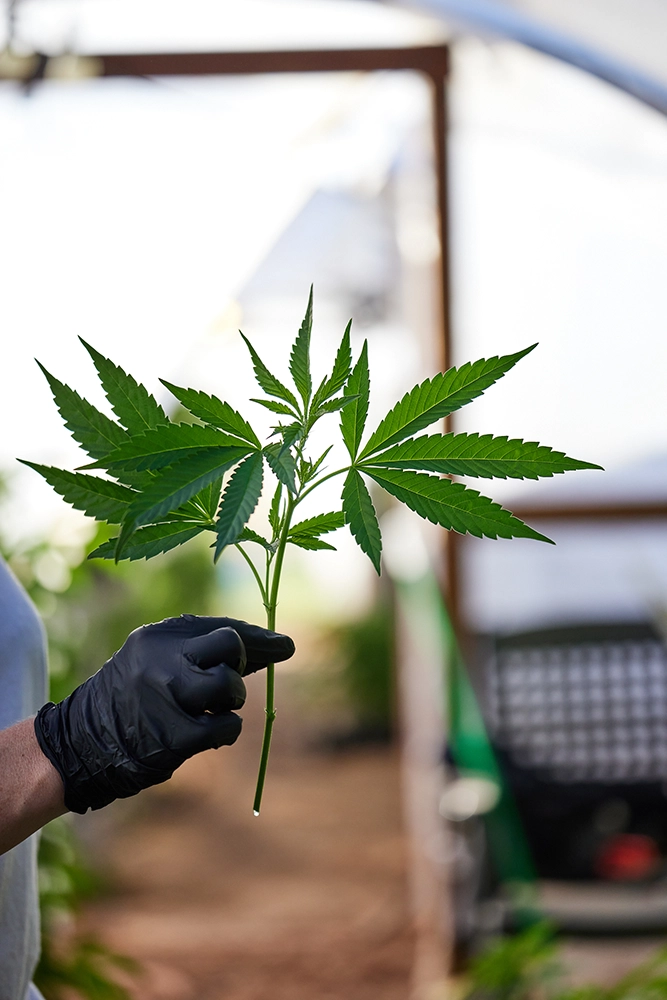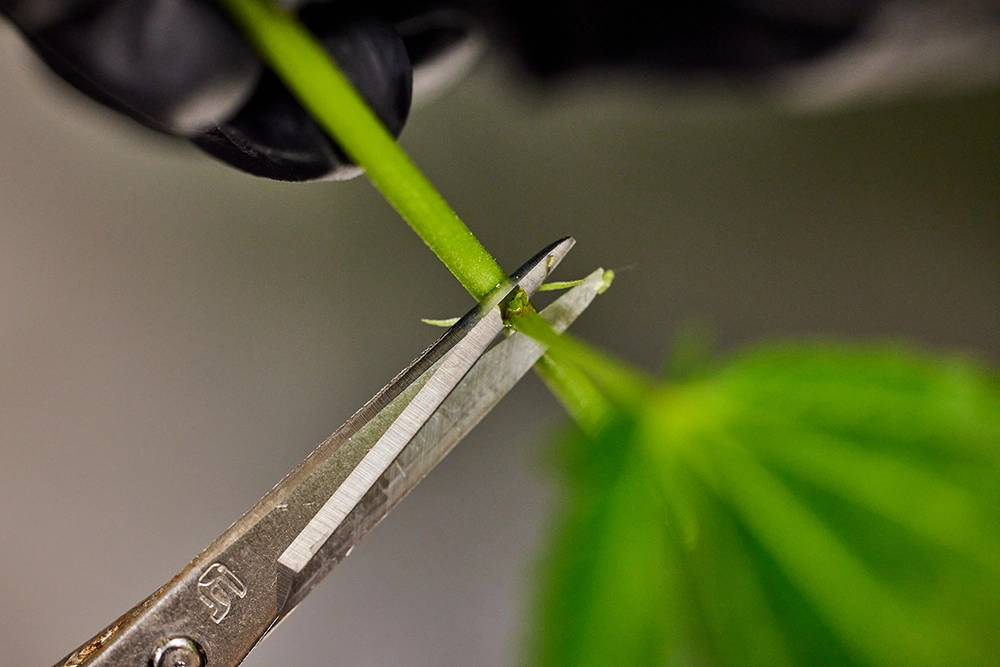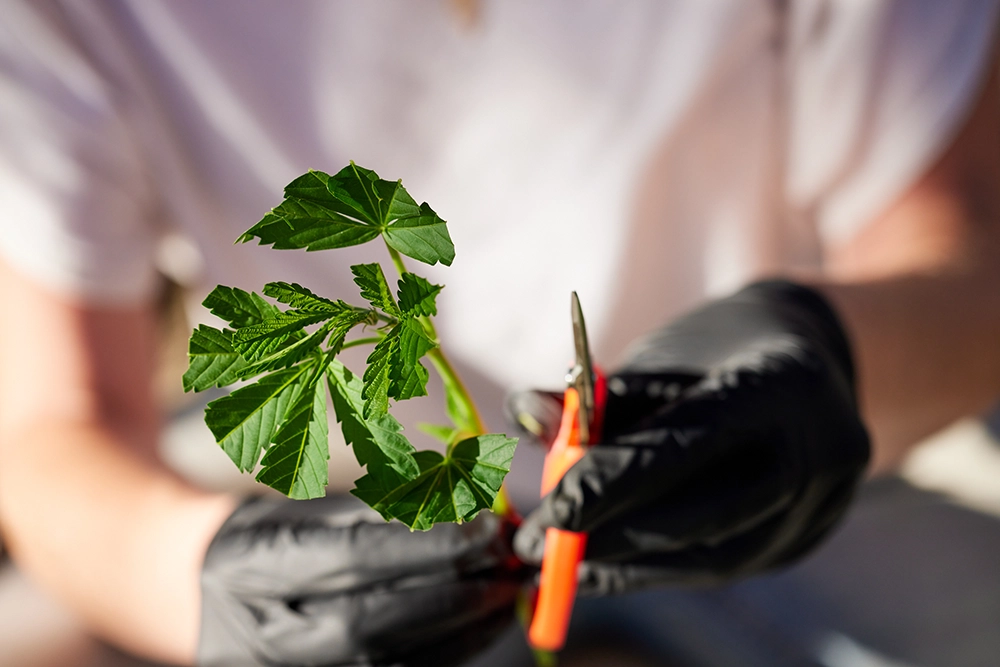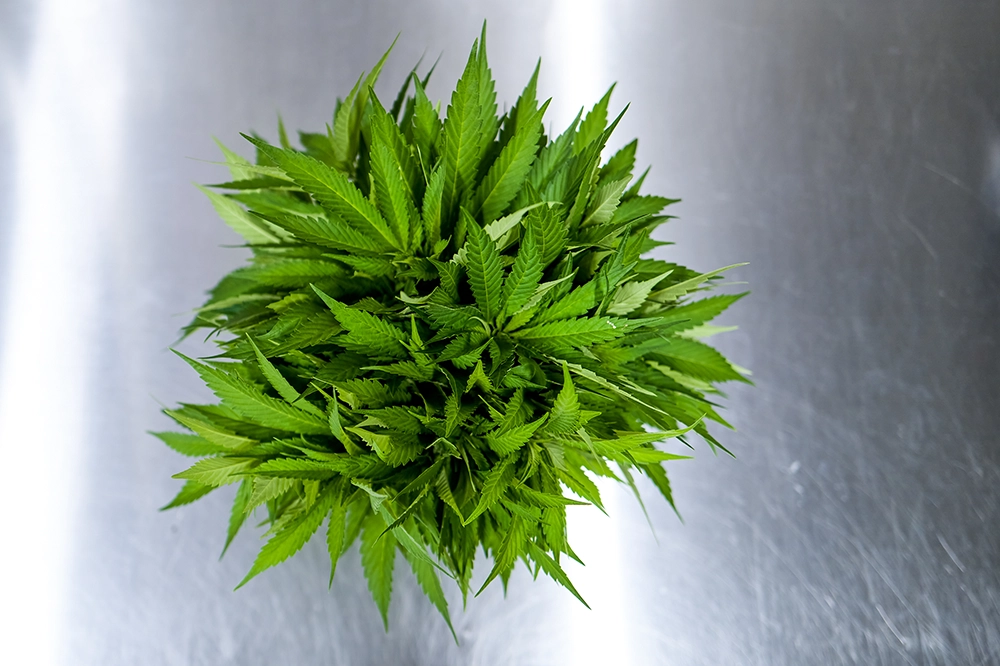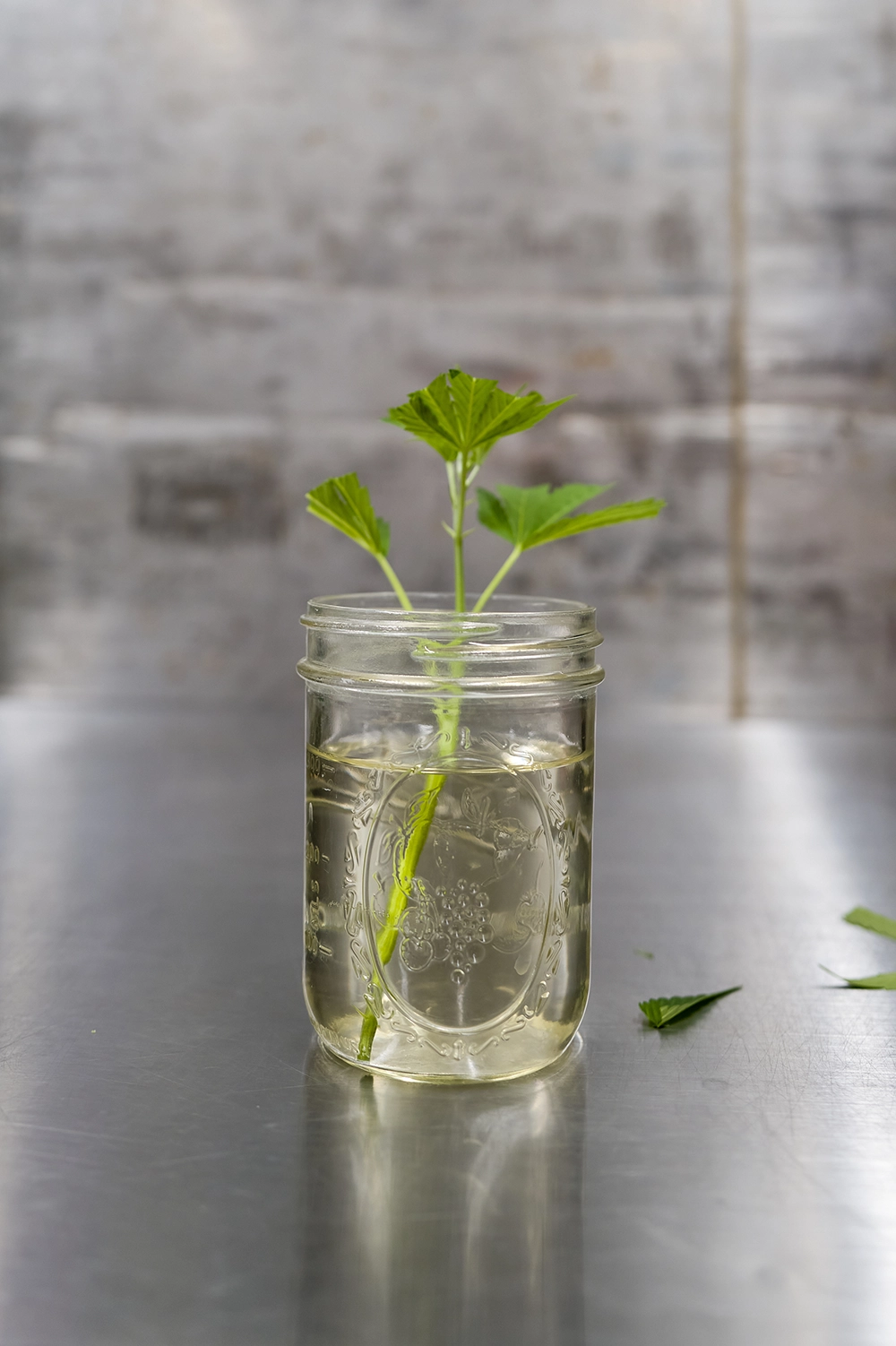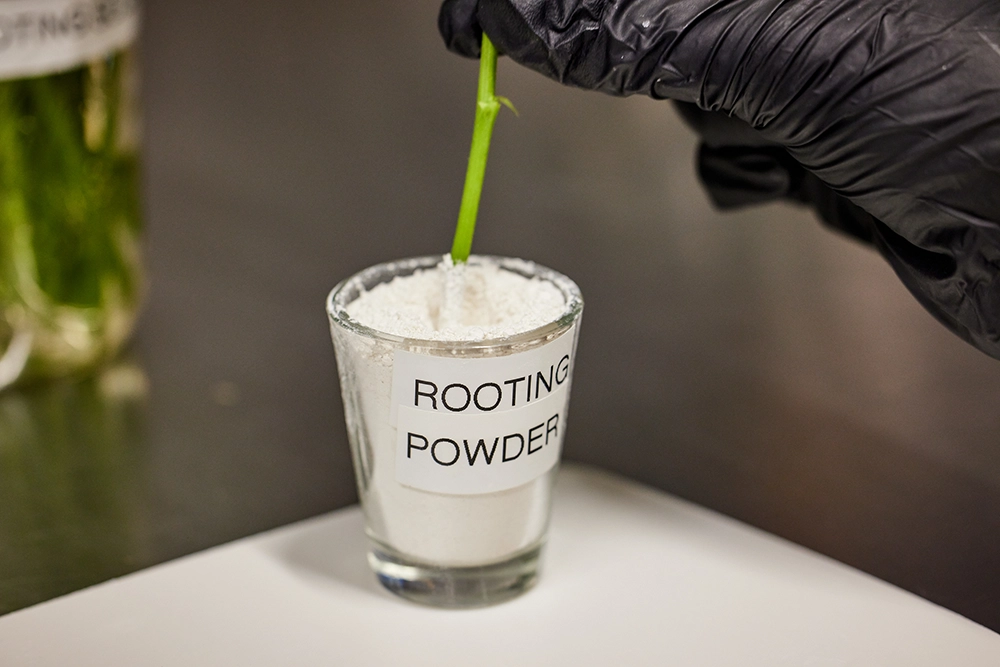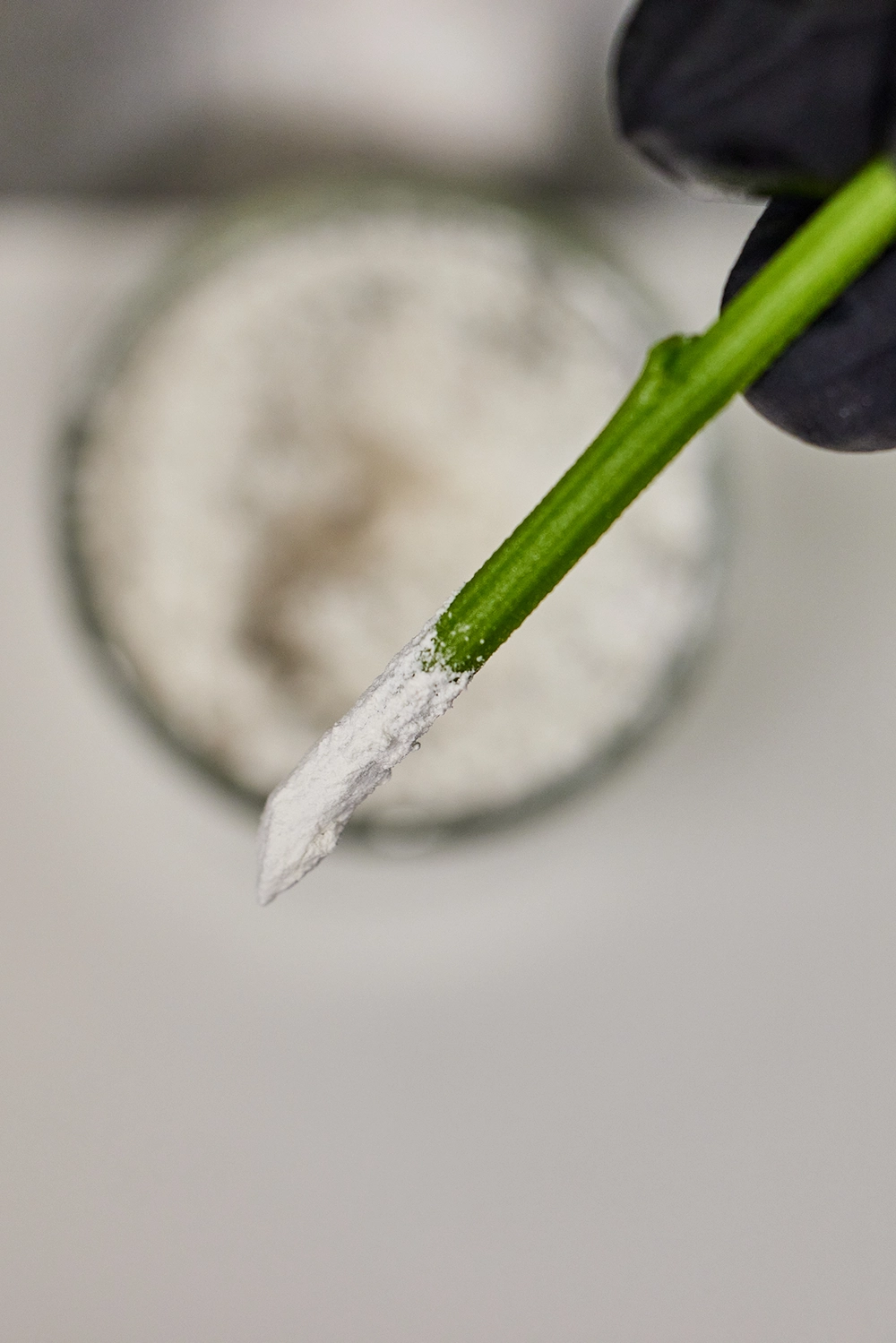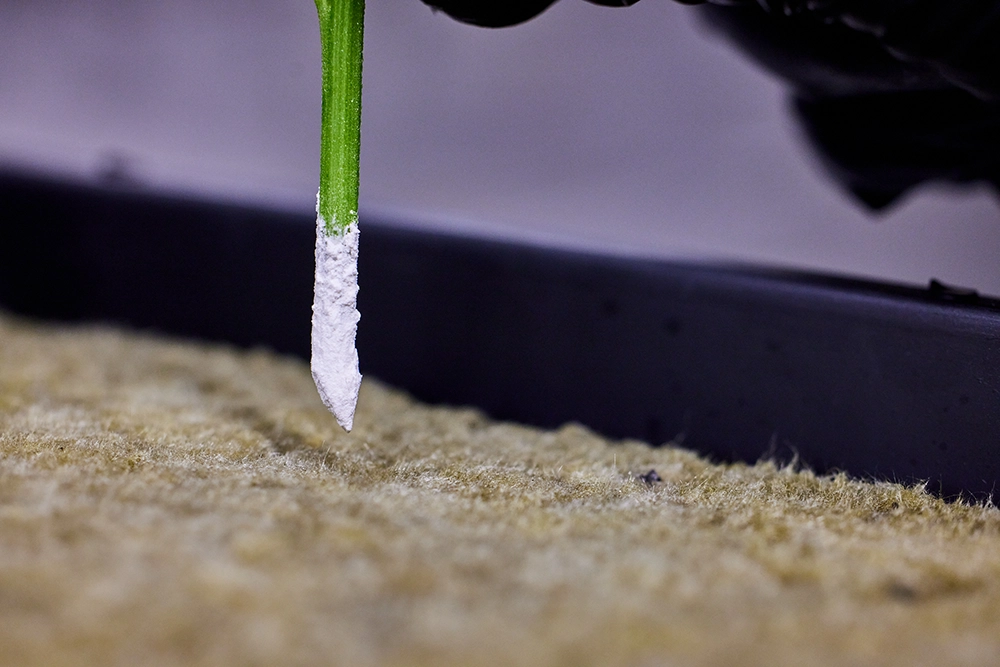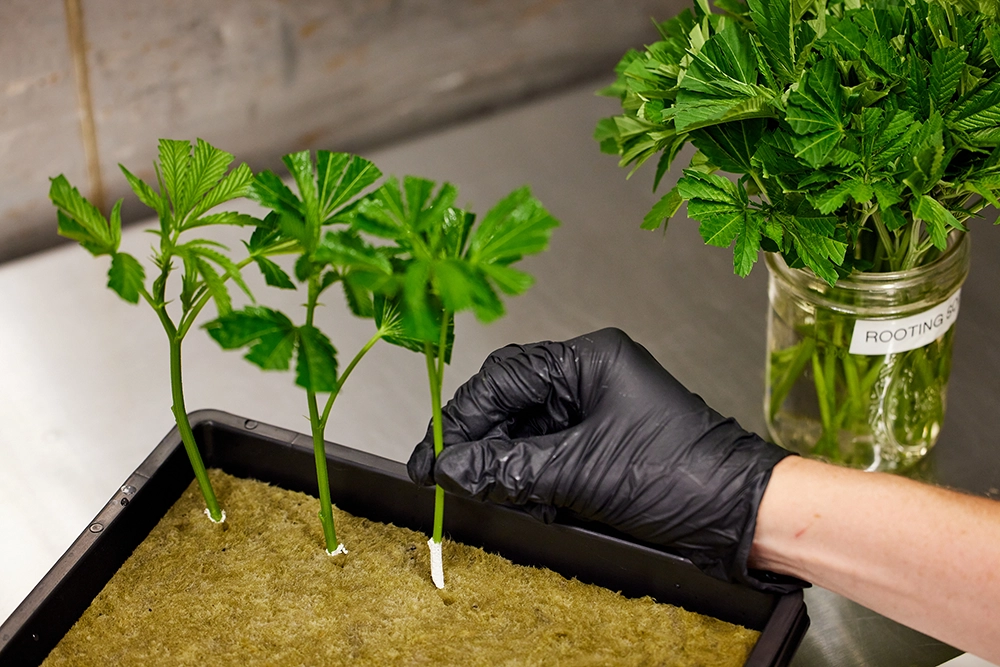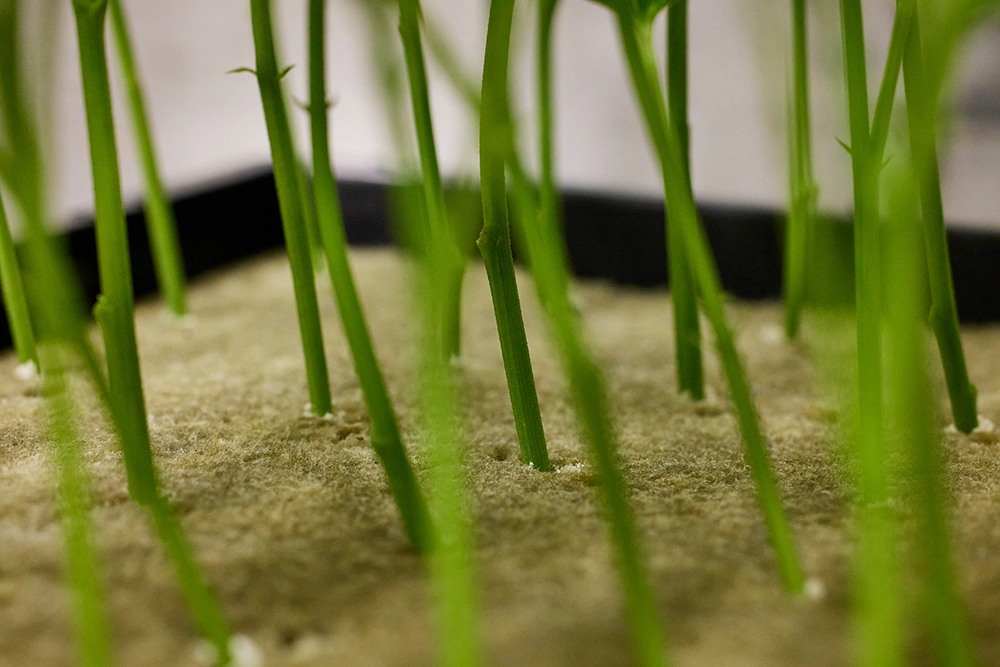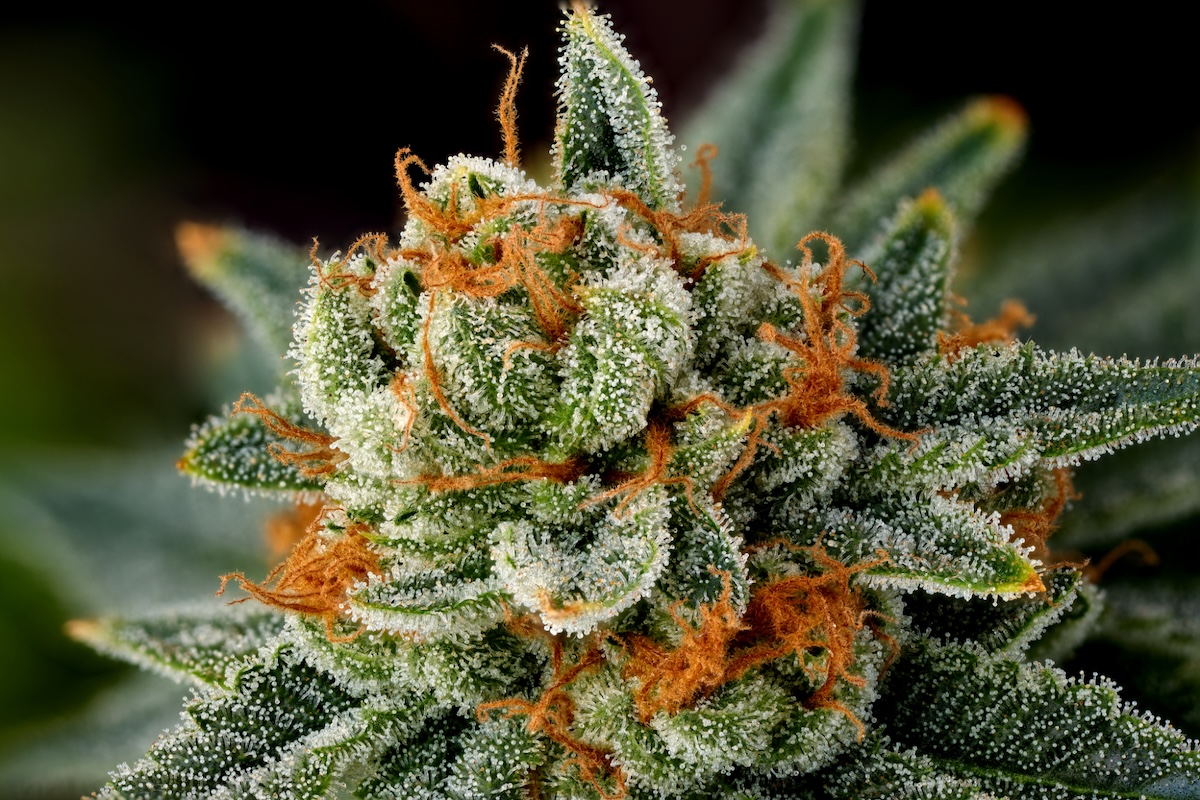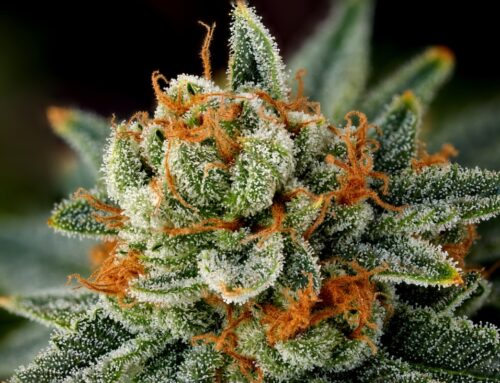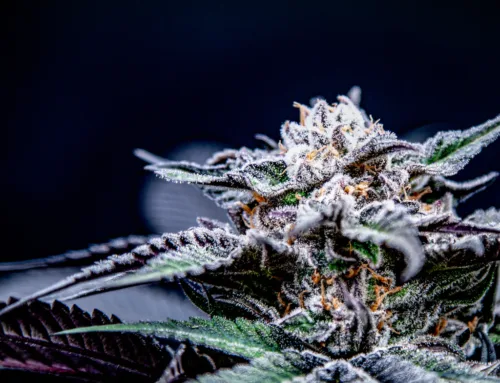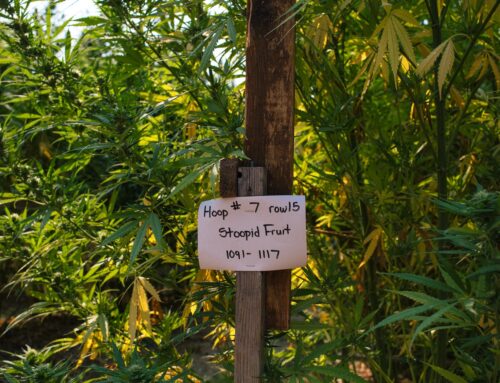How to Clone Cannabis Like a Professional
Pheno hunting through various cultivars is a widespread passion for many cannabis growers on the hunt for the “perfect plant,” but once that ideal has been discovered, you’re bound to wonder to yourself, “How can I get more of this?” Introduce yourself to the cannabis cloning process, an asexual form of propagation that allows you to replicate the genetics of the mother plant you’ve come to know and love.
Cloning cannabis comes with a lot of benefits, like grow room homogeny, predictable harvest dates, and a streamlined the grow process. However, it also comes with a few potential pitfalls, especially if you’re doing a lot of cloning for a long period of time. Finding that balance is essential for success, and if you’re wondering how to clone a marijuana plant the right way, you’ve come to the right place.
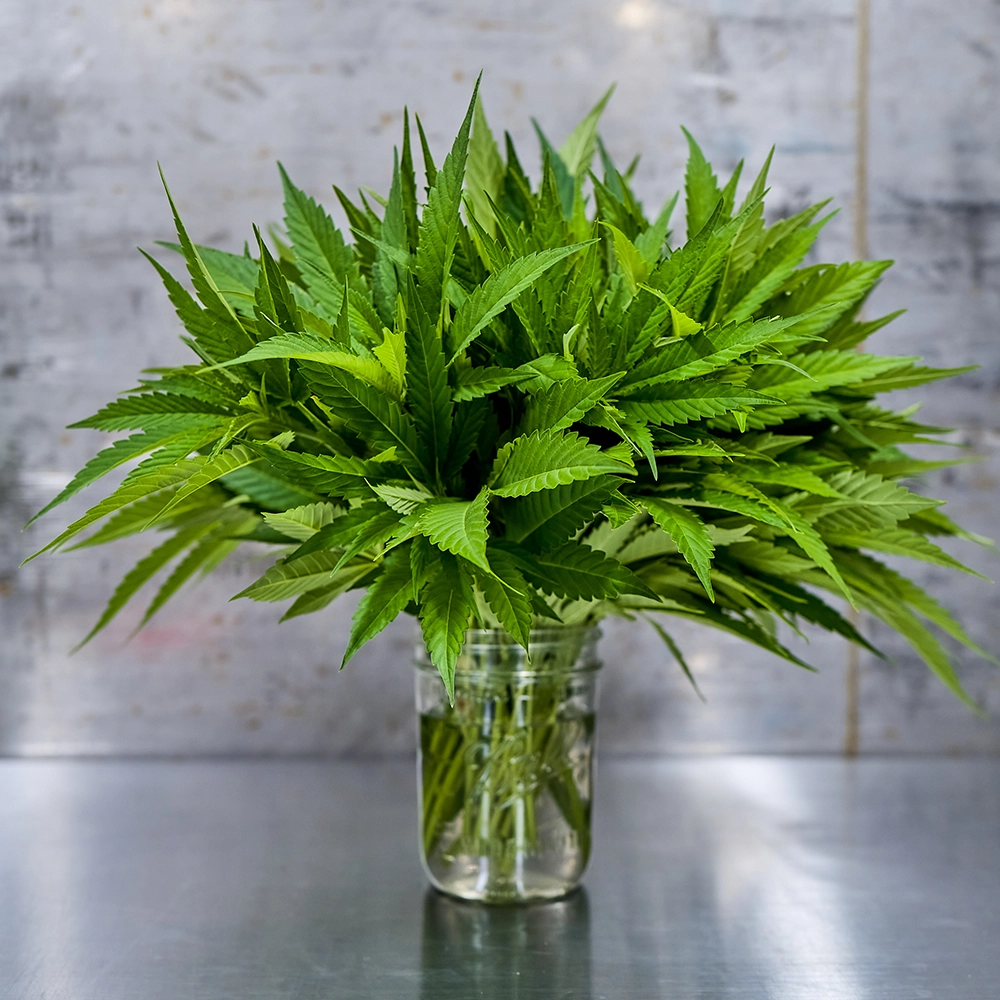
What is Cannabis Cloning?
Cloned plants are the result of cutting a branch or stem about six inches in length from a parent plant, and allowing it to form its own root system. Your new plant will be genetically identical to the original mother plant, which is your growing dream come true.
Why Clone Weed?
If you’re on the hunt for consistency and predictability as you grow cannabis, cloning weed will make a lot of sense for you.
The process allows for extreme homogeneity in your grow room, which means even canopies and predictable harvest dates that sync up almost perfectly. In general, the benefits of cloning center around predictability. Your processes are streamlined, which means you can worry less about closely monitoring the growth stages and use that energy to focus more on other aspects of your operations. Cloning also tends to result in a more consistent quality, you’re essentially producing the same healthy plant over and over.
The process might also help you save grow room space, since you don’t have to worry about growing all of your plants out, sexing them, and getting rid of the males. Additionally, cloning is incredibly low-cost, as long as you have the tools needed to complete the process.
The Cannabis Mother Plant
A cannabis mother plant is your cloning bread and butter: the OG plant whose genetics impressed and inspired you enough to want to make more.
A high-quality mother plant is healthy, sturdy, and deliciously aromatic–mainly because you don’t want to waste your efforts by passing along weak genetics. Mother marijuana plants set the stage for the genetic consistency you’re going for, so you’ll want to make sure you’ve selected a plant whose taste, flavor, and effects you enjoy.
An important detail to keep in mind is that once you cut from your mother plant, she’ll be forever stalled in the vegetative growth stage. Some growers opt for keeping around dedicated mother plants for cuttings, but trying to keep the plant alive can eat up a lot of space and materials, especially considering the fact that she won’t produce any buds. For small grow rooms, this isn’t ideal.
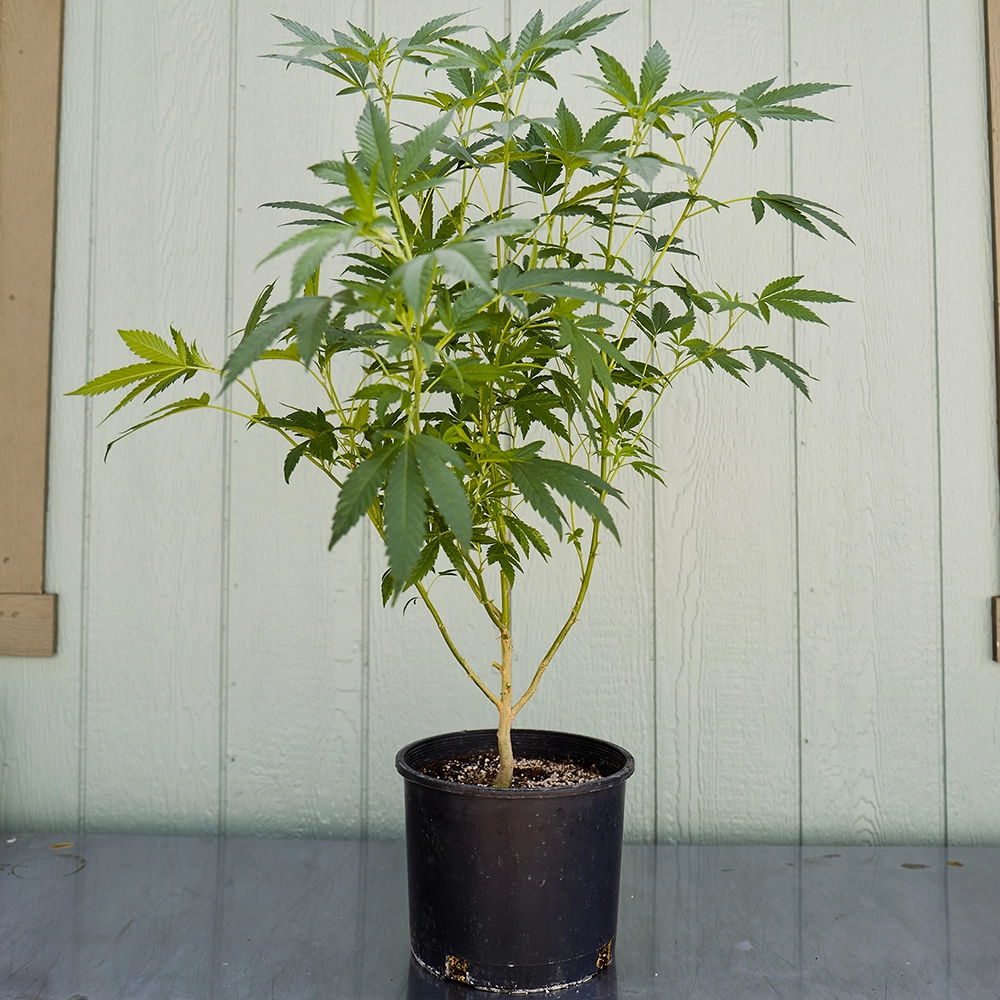
Cloning Supplies
So, you’re ready to start cloning weed. The first thing you’ll want to do is gather the necessary supplies for success.
How to Clone Cannabis
As soon as you’ve collected all of your necessary cloning ingredients, you’re ready to start making your way through the steps of how to clone marijuana.
Bonus Tip for Success:
Experts agree that the best cuttings come from plants that haven’t been fertilized in a few days, because the nitrogen will have worked its way out of the leaves. Excessive nitrogen in cuttings might trick your clones into growing vegetation rather than rooting, which you definitely don’t want.
Cloning Weed FAQ
How do I transition (harden off) a clone?
Slowly lower the relative humidity until you reach the average humidity of your growing environment.
How can I transition my cannabis clone to outdoors?
After adjusting your clone’s environment to local humidity levels, the plant can be placed outdoors in a well-shaded location, ideally protected from excess wind. Over the next week, your clone will build up a resistance to the UV radiation from the sun–sort of like how humans tan.
What temperature should I keep clones?
While rooting, it’s best to keep your clones at 70-75 degrees Fahrenheit (20-23 degrees Celsius) with a relative humidity or RH of 60-65 percent.
How do I know my clones are ready to transplant?
White roots will begin to appear at the bottom of the rooting medium, signaling that your cutting is now a plant and is ready for life on its own.
How much does it cost to clone cannabis?
Cloning cannabis can be done for anywhere between 10 cents and four dollars per stem, depending on how sophisticated you want to get.
What should I feed my clones?
If you have a very healthy mother plant, you won’t have to worry too much about feeding, because your clone will be packed with its mother’s nutrients. But if you need to, you can always supplement with sterile liquid fertilizer. Low doses of Hydroponic nutrients tend to work best.
My clones are infected with pests. What should I spray them with?
Foliar fertilizer is always a good option. You can also spray your clones with low-dose insecticides, but in general, if your plants have insects, you might want to just start again from the mother plant rather than wasting energy trying to nurse a sickly clone.




